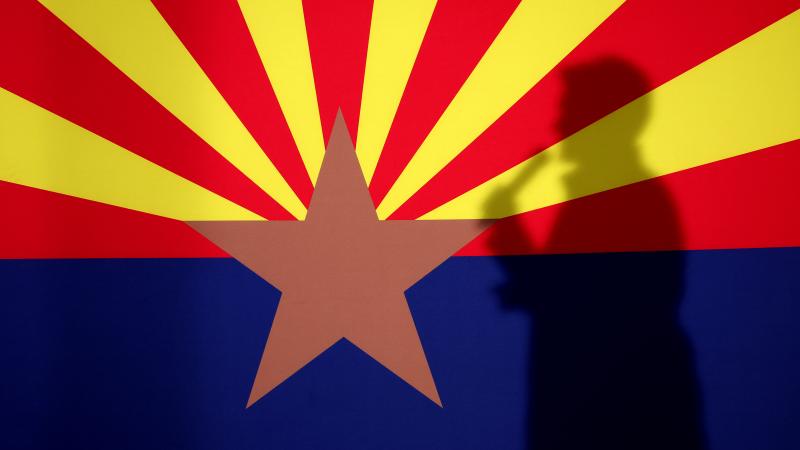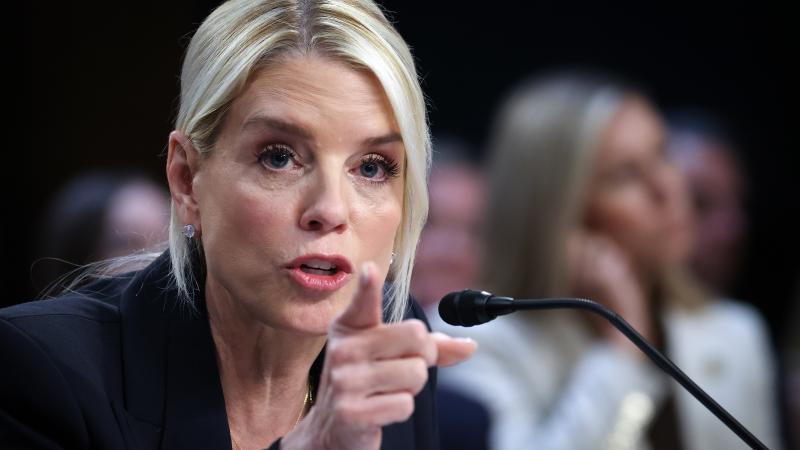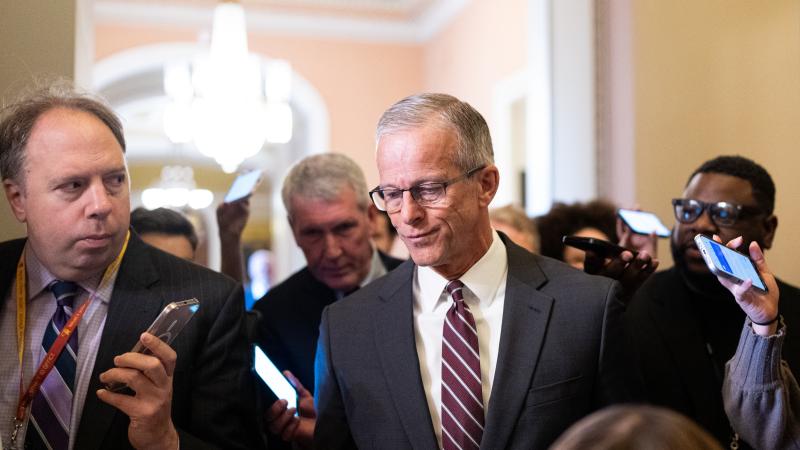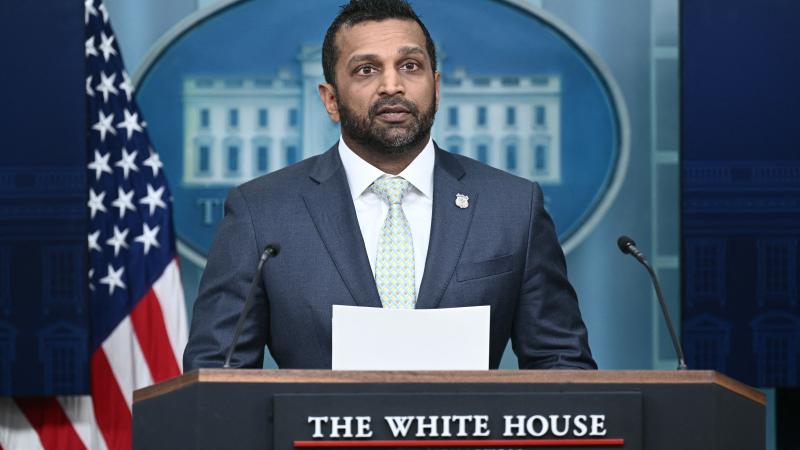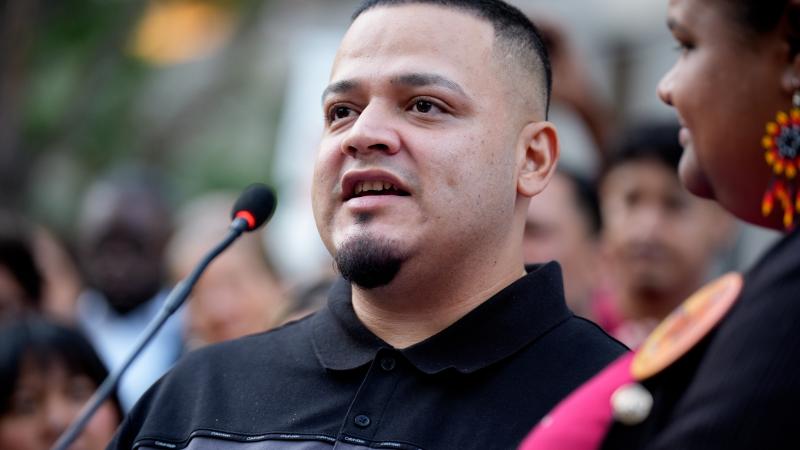Newsom's 2025-2026 budget released, highlights disaster relief amid raging wildfires
Other components of the governor’s budget that would address disaster issues, including the wildfires, are adding 700 new firefighters as a part of a multi-year ramp up.
Joe Stephenshaw, California’s Department of Finance director, highlighted wildfire relief efforts and CAL Fire staffing in Friday’s presentation of the governor’s 2025-2026 budget proposal.
Gov. Gavin Newsom has proposed a more optimistic budget than California’s Legislative Analyst Office at $322 billion with a moderate surplus of $363 million.
The reserves in the budget include a $10.9 billion rainy day fund, a $1.5 billion public school rainy day fund and a $4.5 billion special fund for economic uncertainties (SFEU).
Stephenshaw noted that the state would draw from the SFEU if the federal government ever withdraws financial support during disasters such as the current wildfires raging across Los Angeles County.
“Unfortunately, fires and natural disasters are something that we have been having to deal with for a couple of years now and we have mechanisms in the budget to deal with them,” Stephenshaw said. “That’s one of the reasons the governor has included a higher SFEU this year.”
Other components of the governor’s budget that would address disaster issues, including the wildfires, are adding 700 new firefighters as a part of a multi-year ramp up. The full implementation of this ramp up will add 2,000 new firefighters to California’s workforce with ongoing funding of $1.3 billion.
Additionally, all Los Angeles County residents will receive tax relief under wildfire settlements income exclusion which provides tax relief for disaster victims during tax years from 2025 to 2029.
A full funding plan is outlined in the governor’s budget proposal including $300 million for 16 new “state of the art” helicopters and seven C-130 air tankers. There is also a one time payment of $25.4 million with $40.6 million ongoing to invest in advanced technology including satellite technology for advanced mapping and AI-powered tools and fire integrated real-time intelligence system.
There is also $2.5 billion of prior investments ($200 million annually through 2028-2029) to support wildfire resilience such as fire prevention, fuel reduction, prescribed fire and forest health.
Additionally, the budget includes a $10 billion climate bond with $1.5 billion dedicated to wildfire and forest resilience programs.
Stephenshaw also noted that in light of the wildfires plaguing Los Angeles and surrounding areas, administrative positions at CAL Fire are no longer being considered for staffing “efficiency” cuts, exempting the entire organization from any reductions in workforce.
“There were some administrative support resources that were included in CAL Fires budget as potentially being subject to the efficiency reduction, but we are exempting CAL FiRE entirely from that efficiency reduction,” Stephenshaw said.
Education
The governor’s proposal includes numerous new investments in education per decisions by the legislature. These include $1.8 billion for universal transitional kindergarten for all four-year-olds in the state, $435 million for before, after and summer school programs for all “high needs” TK-6th grade students, universal school meals, $40 million for the screening of all K-2 students for reading difficulties and reimbursement to schools for student behavioral health services.
“We are, in the educational world, meeting significant education milestones in the budget year,” Stephenshaw said.
Other investments include $2.5 billion to LCFF COLA, $1.8 billion to the Discretionary Block Grant, $500 million for literacy and mathematics coaches, $378.6 million to the Learning Recovery Emergency Block Grant and $300 million for teacher recruitment.
The budget also includes a $10 billion education bond which includes $1.5 billion processed in 2025-2026 for the modernization and new construction of safety projects for TK-12 schools and $51.5 million for modernization, safety and capacity expansion projects at California’s community colleges.
Tax Proposals
Newsom’s budget also includes a couple tax proposals. In addition to the wildfire settlements income exclusion, he has proposed a film and television tax credit expansion, raising the maximum from $330 million to $750 million.
There is a military retirement income exclusion which provides a tax relief for military families up to $20,000 with a $250,000 income threshold for joint filers and $125,000 for single filers.
Also proposed is a mandatory single sales factor for financial institutions and an expansion to the pass through entity elective tax extension.
Additional Proposals
The governor has also proposed additional budget items that include an additional $60 million in California Competes Grants and $7.4 million in the 2025-26 budget year, growing to $12.5 million to provide a free three month supply of diapers to California families with newborn babies.
Additionally, the state was awarded $25 million for the CHIPS facility in Sunnyvale. Stephenshaw was asked during the briefing if the state will continue to fund CHIPS projects if the CHIPS act is cut by the Trump administration to which he said, “As of now, California was awarded this facility. It is something that is going to create jobs in this state.”
Risks and Recommendations
Newsom’s budget proposal also recommends changes to California’s Prop. 2. These are two increase the cap on deposits to 20% and exclude deposits into the rainy day fund against the state allocation limit
“This will enable us to save a lot more during the upswings and be able to provide a more stable management of our funds moving forward to protect the programs and services that all Californians rely upon,” Stephenshaw said.
During Newsom’s brief look at the budget toplines on Monday, he noted that this budget is likely to change a lot between now and the May revision, and that a lot of it is based on changes in the federal government and new policies surrounding tariffs, immigration and rate cuts. Additionally, Stephenshaw noted that there will likely be delayed tax deadlines, which contributed to major budget deficits in 2023, due to the wildfires.
This budget will be proposed to the legislature and discussion and changes will occur until the final budget is submitted in May.



